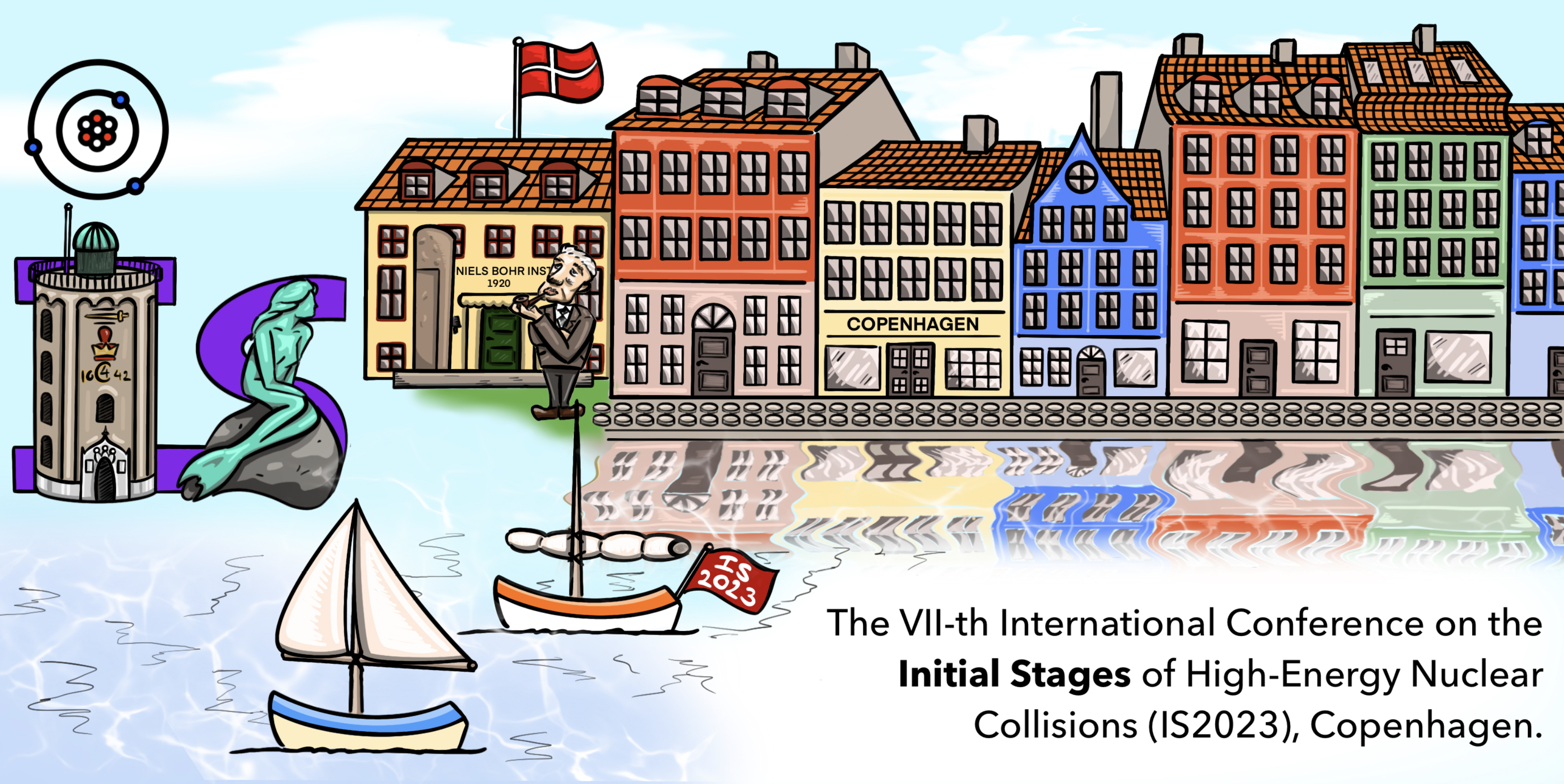Speaker
Description
We study the hydrodynamization process in the aftermath of ultrarelativistic heavy-ion collisions using effective kinetic theory simulations and different observables. For the pressure ratio $P_T/P_L$, we observe that its late-time evolution becomes universal in units of the kinetic relaxation time for sufficiently large couplings signaling the onset of a hydrodynamical attractor. In contrast, at weak couplings it converges earlier to a bottom-up attractor in terms of the thermalization time scale $\tau_{\text{BMSS}} = \alpha_s^{-13/5}/Q_s$. We interpret these as two limiting attractors. The dynamics of the occupancy of hard modes, the heavy-quark diffusion coefficient and the jet quenching parameter are better described by a bottom-up limiting attractor even for moderate couplings. Therefore, the previous conjecture that the hydrodynamical attractor governs the late-time approach towards hydrodynamization is not complete. Our results indicate that there is more than one attractor depending on the coupling and observable.
| What kind of work does this abstract pertain to? | Theoretical |
|---|---|
| Which experiment is this abstract related to? | Other |
